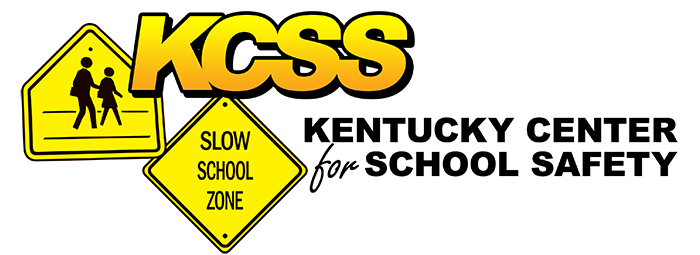KIDS COUNT Data Book – State Trends in Child Well-Being – This year’s publication continues to present national and state data across four domains — economic well-being, education, health and family and community — and ranks states in overall child well-being.
Health Services Reference Guide – Kentucky Department of Education – The HSRG is a reference for school districts as they develop district-specific policies, procedures and forms. It is the responsibility of the local school district to keep their health services policies, procedures and forms up to date per state and federal guidelines.
Student Health Services – Healthy Students are Better Learners – Kentucky Department of Education – The mission of the School Health Services team is to support districts as they support students with their health needs. We know that there is a critical link between health and learning and the role of schools to help improve the well-being of students.
Youth Mental Health First Aid (YHMFA) is a free 6-hour course that teaches how to identify, understand and respond to signs of addiction and mental illness. It explains the unique risk factors and warning signs of mental health problems in adolescents ages 12-18 and emphasizes the importance of early intervention.

